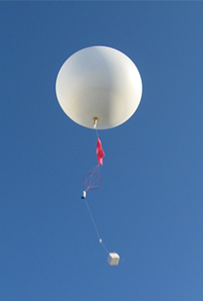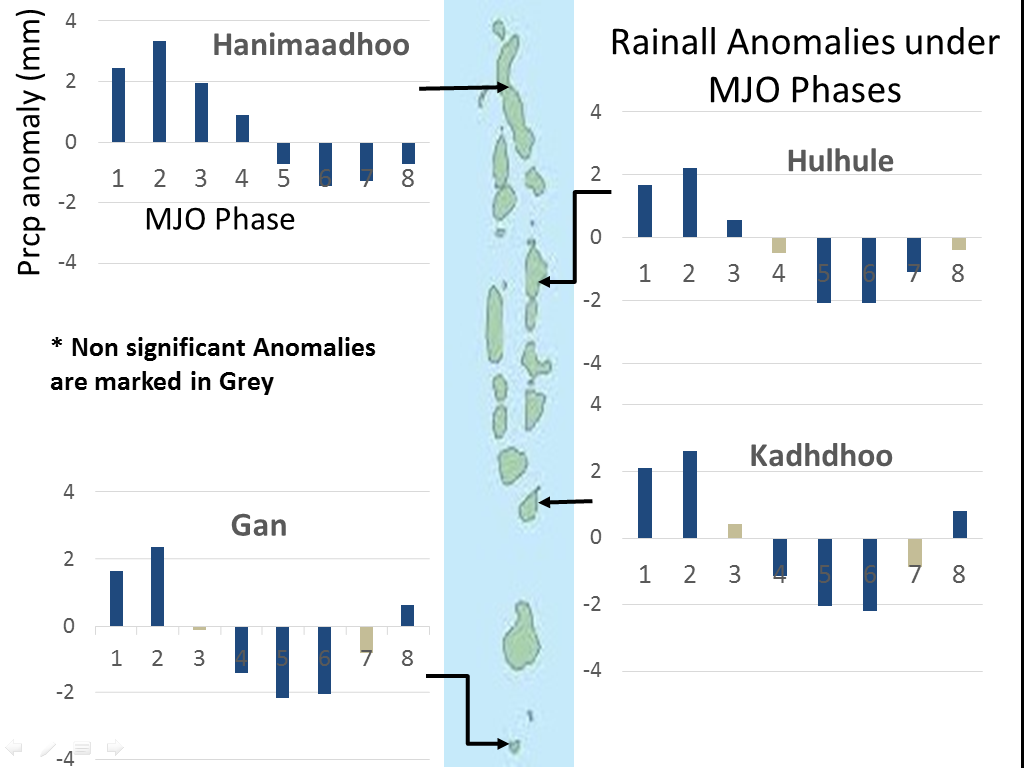
Remote Sensing of Atmospheric Waves and Instabilities (RAWI)
The Project Objectives
Program to capture and study intra-seasonal phenomena by observing across the equator with measurement stations at eastern atolls of Seychelles and Sri Lanka and Singapore, spanning time scales from minutes to months. The aim is to (i) capture eastward and northeastward propagating disturbances over one year using profiles of moisture and velocity, (ii) observe entrainment of upper air into the marine boundary layer using LiDAR and ground (tower) based measurements, and (iii) delineate the role of small-scale atmospheric processes in determining air-sea property exchanges.
Project duration::2015-2017.
Key information resources:
Sponsors: University of Notre Dame.
Objectives for FECT
FECT Work Program- Review of Upper Air Observations in Sri Lanka.
- Analysis of Impacts of Madden Julian Oscillations on Sri Lanka.
- Analysis of Wind Observations in the Trincomalee Station set up under the plant.
- Graduate Education Support.
Progress
We have collated existing atmospheric data and cross-compared those – through this we were able to understand the impact of El Nino on the Upper Air Wind Climatology over Sri Lanka.
Radiosonde Balloon Soundings of the Colombo Atmosphere as carried out by the Sri Lanka Department of Meteorology in December 2014. Photo – E. Ekanayake.

Figures: The average meridional (top) and zonal (bottom) wind climatology over Sri Lanka in m/s from 1961 to 1986.
Our Role
Impact of MJO on rainfall in Sri Lanka and Maldives.
We have been looking at the impact of MJO on rainfall over Sri Lanka. Just representing the rainfall during a recent 30 year period when MJO amplitude was high and when it was low going by the Wheeler-Hendon RMM indices shows the significant impact of MJO. Note that the scale on one chart is twice that on the other.The MJO in phase 1 and 2 has significant influene on Maldives rainfall with some influence in the Northern Islands in phase 3. In Sri Lanka, the MJO influence was particularly strong in phases 2 and 3. In addition, there is also a negative influence when the MJO phase is over the Pacific (phases 5-7).
